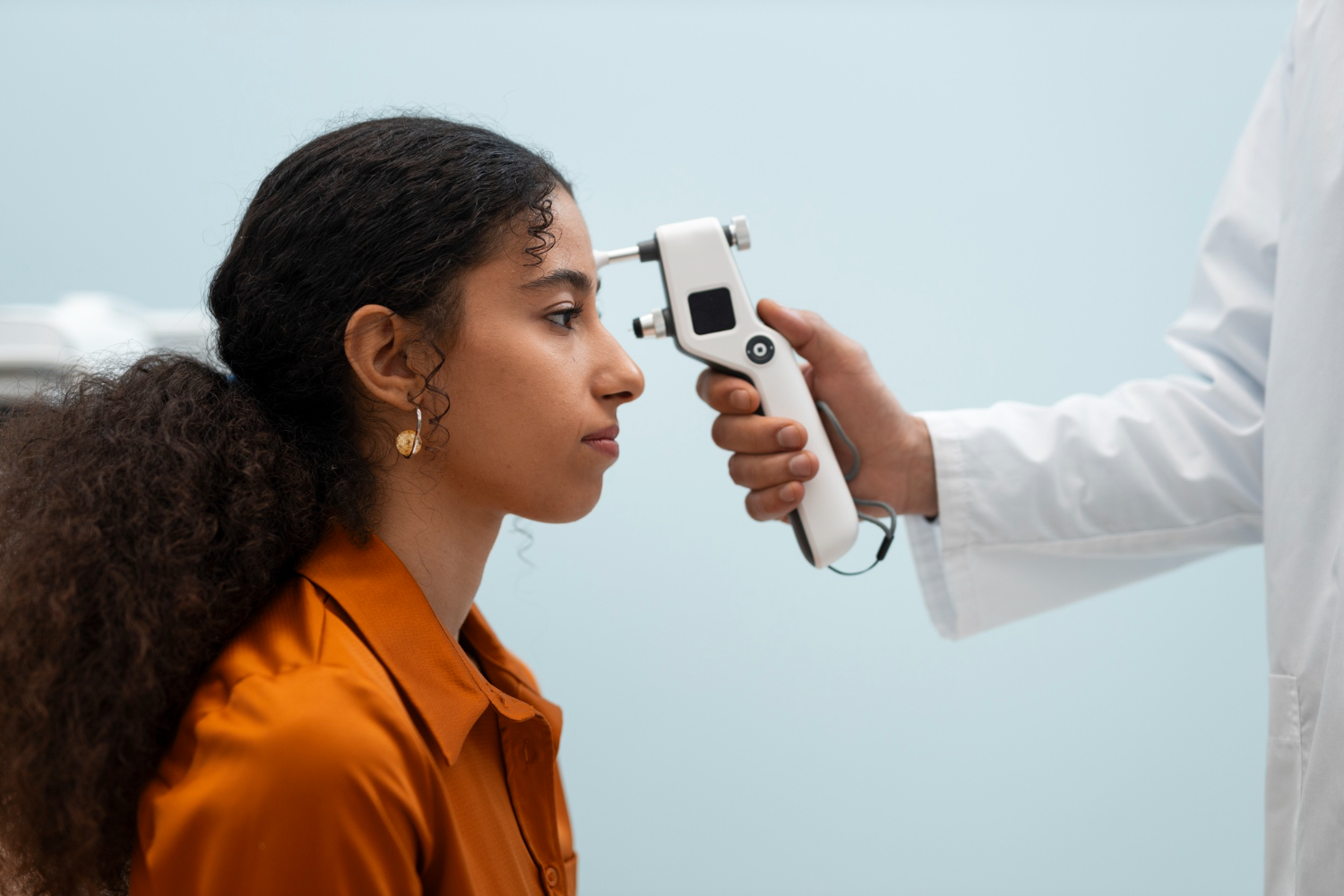Refractive surgery comprises a set of surgical procedures designed to correct common vision problems such as myopia, hyperopia, astigmatism, and, in some cases, presbyopia. These procedures aim to reduce or eliminate the need for glasses or contact lenses, allowing individuals to experience sharper and clearer vision. In this article, we will delve into the details of refractive surgery, its most common types, benefits, risks, and important considerations.
Types of Refractive Surgery:
- LASIK (Laser-Assisted in Situ Keratomileusis): LASIK is one of the most popular refractive surgery procedures. It involves creating a thin flap in the cornea using a laser and then reshaping the underlying cornea to correct vision. The flap is then repositioned. LASIK is known for its rapid recovery and almost immediate visual results.
- PRK (Photorefractive Keratectomy): Similar to LASIK, PRK also reshapes the cornea to correct vision. However, instead of creating a flap, the outermost layer of the cornea is removed. Recovery may be slightly slower than with LASIK, but it’s a suitable option for individuals with thinner corneas.
- LASEK (Laser-Assisted Subepithelial Keratectomy): This procedure is similar to PRK but involves creating a thin flap in the corneal epithelium. After surgery, the flap is repositioned. LASEK may be an option for individuals with thinner corneas who are not ideal candidates for LASIK.
- Intraocular Lens Implants: These implants are an option for individuals who are not candidates for laser procedures due to preexisting eye conditions. Implants can correct vision similarly to contact lenses. They are also used in some cases of presbyopia, where multifocal lenses are placed.
Benefits of Refractive Surgery:
- Elimination or Reduction of Lens Dependence: The primary advantage of refractive surgery is the reduction or elimination of the need for glasses or contact lenses for near or distant vision.
- Improved Quality of Life: Individuals undergoing refractive surgery often experience a significant improvement in their quality of life by being able to carry out daily activities without visual restrictions.
- Quick Results: In many cases, patients experience almost immediate visual improvement after surgery or within a few days.
Considerations and Risks:
- Suitable Candidacy: Not everyone is a candidate for refractive surgery. An ophthalmologist will conduct a thorough examination to determine if you’re a suitable candidate based on factors such as eye health, refractive error, and other preexisting eye issues.
- Possible Complications: While refractive surgery is generally safe, potential risks include infections, dry eyes, halos around lights at night, and fluctuations in vision.
- Results Not Guaranteed: While most individuals experience improved vision, outcomes can vary, and additional adjustments might be needed.
Conclusion:
Refractive surgery has transformed the lives of many individuals by offering a long-term alternative to glasses and contact lenses. However, making an informed decision after a comprehensive consultation with an experienced ophthalmologist is crucial. Each procedure has its own advantages and considerations, and only a visual health professional can determine the best option for you. If you’re considering refractive surgery, ensure you research and ask all necessary questions to fully understand the process and potential outcomes.






